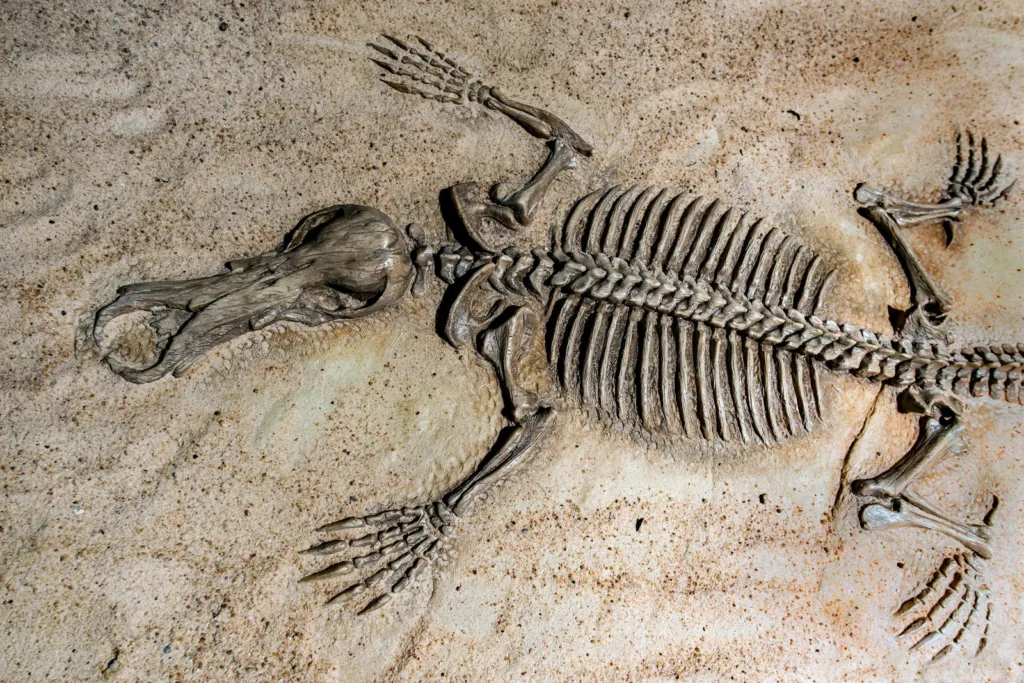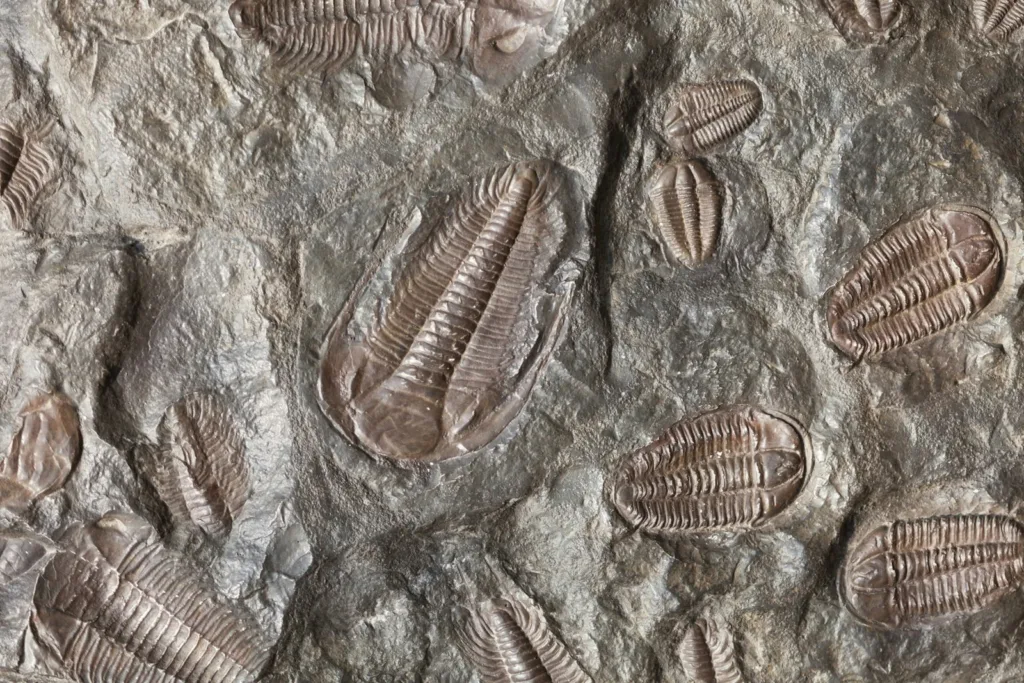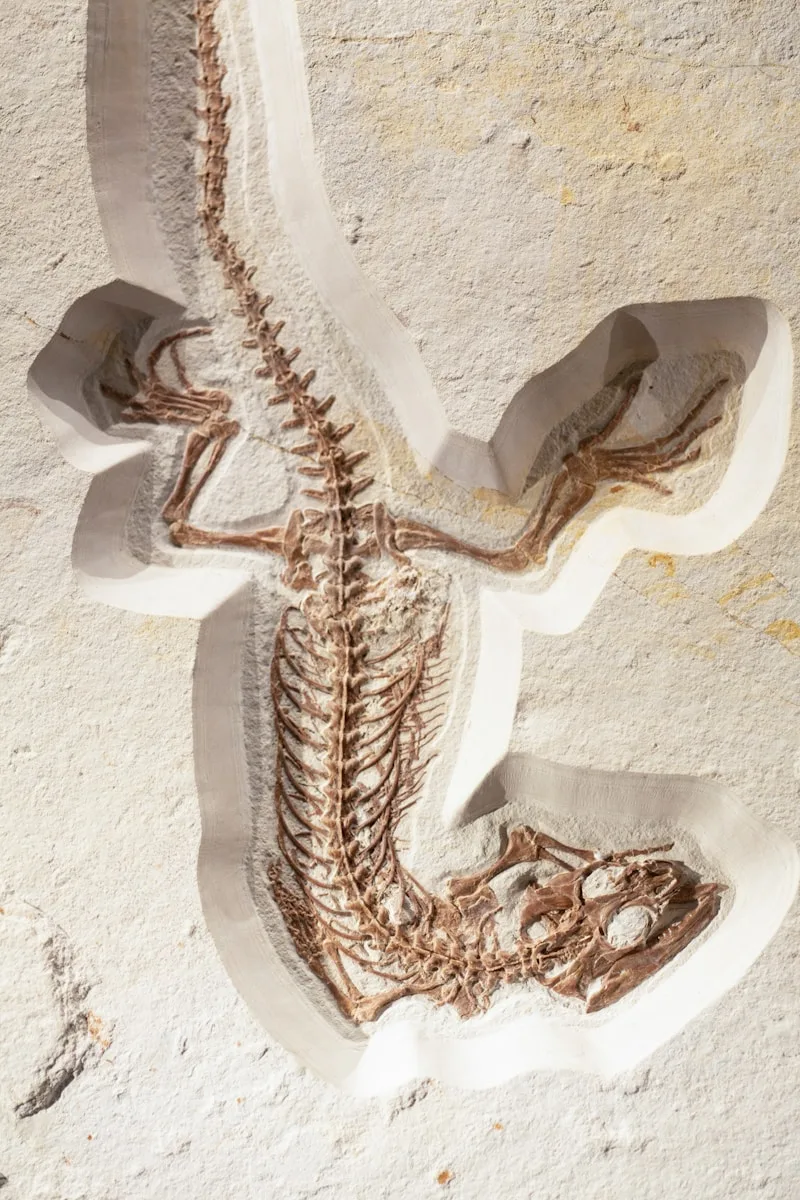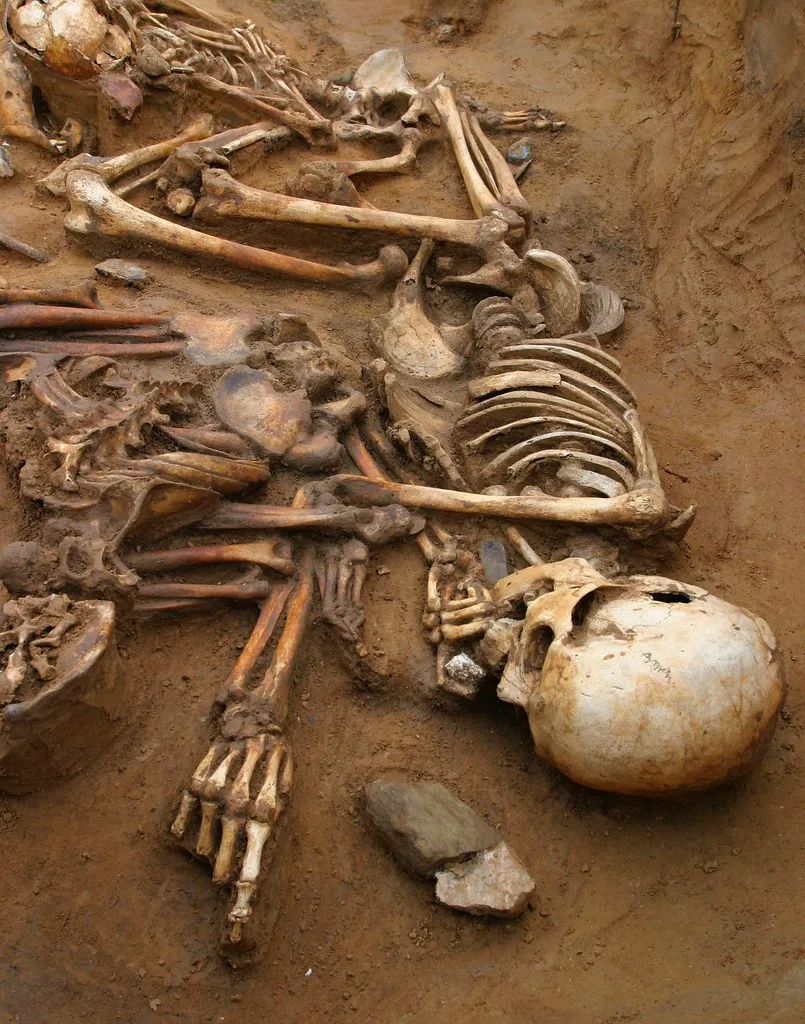Table of Contents
The surface to uncover this remarkable fossil.
complete darkness. ice waterfalls, muddy passageways, and crushing squeezes. Spiders and bats. leaping off ledges and into the uncharted. For a fossil, how far would you go?
We reached our limits—and then some—during a two-year retrieval mission that lasted nearly sixty hours in a cave beneath the surface.
Potholes Cave Reserve is situated on the limestone slope of Gunaikurnai Country, in eastern Victoria, to the north of the Buchan settlement.
This is where the river valley is dotted with dark cavern mouths. Thin portals, just big enough to let in a willing cave, lead to kilometers of underground corridors lined with tiny crystals that sparkle in the light of a torch.
A team of Parks Victoria rangers and recreational cavers worked together to dig an amazing fossil in one of them, Nightshade Cave, which was a nearly complete skeleton of the extinct short-faced kangaroo Simosthenurus occidentalis. It will be on display at Melbourne Museum in June of this year.
It all started with a strange skull.

As is frequently the case with paleontology, interested citizens in the outdoors made the initial finding. An opening previously concealed by dirt was used by a local caving group to access Nightshade Cave for the first time in 2011. Joshua Van Dyk, one of the group, noticed an odd animal skull.
Acknowledging its possible importance, he informed the Melbourne Museum about the discovery. Van Dyk, however, believed it was lost forever because it seemed to have been buried beneath stones in a slender vertical collapse. A decade went by without incident after the cave’s contents were secured with a gate.
I became interested in the fascinating discovery in 2021. The Victorian Speleological Association was more than willing to help with a visit to the cave.
Setting up a ropeline, we lunged down a narrow gap that was ten meters deep, forcing us to pass tight spots while in midair. We snaked through low-domed chambers covered in popcorn-like calcite formations and festooned with dripping stalactites, corkscrewing into a tiny passageway.
Ascending further, the cave changed into towering, narrow rifts with smooth walls and many gloomy corners. We circled the corridors for hours until someone yelled, “found again!” To confront an ancient, we ascended to a chimney-like passage filled with pinned stones.
Upon arriving, I was suddenly struck with sadness as the exquisitely preserved skull had started to crumble over time. The fossil appeared to be increasingly susceptible despite its extended survival—from little more than the altered air currents and shifting humidity brought on by the new cave entrance.
We used resins to reinforce the exposed bones and left them in place, realizing that more time would be required to arrange for their retrieval.

A laborious recovery
Upon our return journeys, I meticulously removed thin layers of dirt, and we took pictures and packed the recently liberated fossils. The deep nose, strong jaws, and teeth identified the skull as that of a short-faced (sthenurine) kangaroo.
There were more bones behind it. Seeing vertebrae, shoulders, hips, limbs, and a small ribcage was astounding because so many of the bones were completely intact and in their original places. This was no haphazard collection of bones; this was a single animal. Like a fossilized holy grail, it felt.
The identification of our skeleton as Simosthenurus occidentalis was made after a thorough comparison with fossils found in the Victoria State Collection of the Museum. It is the most complete fossil skeleton discovered in a Victorian cave to date, with 150 preserved bones.
What sets it apart from other specimens of the species is that it is a juvenile, not an adult kangaroo. Its teeth are in good condition, its limb ends have not yet connected, and its skull bones are still separate, all of which indicate that it was a juvenile animal when it died.
We calculate that it weighed about 80 kg, or the same as an average person, based on the size of its limbs, but if it had lived to adulthood, it might have grown to be half as big again.

Australia’s vanished megafauna Between 10 and 15 million years ago, as vast rainforests began to give way to drier habitats, short-faced kangaroos first emerged in the country’s fossil record. They were very varied in the latter Pleistocene Epoch, starting around 500,000 years ago, as the environment began to transition towards what it is today—an arid one.
However, they went extinct throughout the continent in a pulse extinction about 45,000 years ago, together with up to 85% of Australia’s megafauna. The Australian Nuclear Science & Technology Organization used radiocarbon dating to determine that the skeleton was buried 49,400 years ago. This indicates that our S. occidentalis was one of the very last specimens of its kind.
Currently, a valuable population of the endangered brush-tailed rock-wallaby can be found in the hills of eastern Gippsland. They used to live in the same country as their more senior relatives.
surface surface surface surface surface surface surface surface
read also : A recent finding of plant cells holds promise for anti-aging benefits for humans 2024


1 thought on “It took 2 years for researchers in deep caves below the surface to uncover this remarkable fossil.”